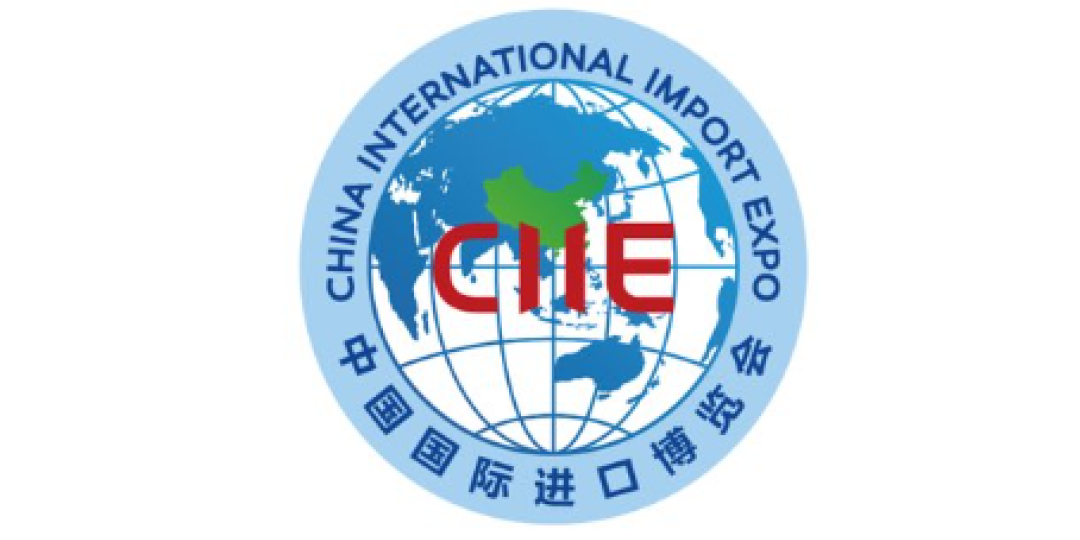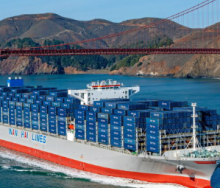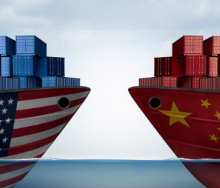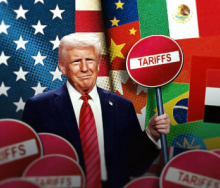On the eve of the US election, there are growing signs that China’s ongoing tit-for-tit tariff trade-offs could benefit suppliers situated in alternative markets, especially following September’s historic airfreight shipment of mutton from Madagascar to Guangzhou.
Although it was only a tonne of frozen meat, it followed about two weeks after Malaysia also recorded a first when it exported 40 tonnes of durian fruit to China through three different airfreight shipments.
These shipments and China’s growing trade developments with emerging markets that are part of the Global South are expected to top the agenda when the 7th import-themed trade fair, China International Import Expo (CIIE), gets under way on November 5, the same day US voters head to the polls.
Boosting imports and reducing the nation’s trade surplus with its trading partners are set to be major topics of discussion at the trade fair in Shanghai, the South China Morning Post has reported.
Over recent years, the food and agricultural sectors have become some of the event’s most popular areas, both in terms of floor space and exhibitor numbers.
Now, with China recently announcing plans to conduct an anti-dumping investigation into rapeseed imports from Canada and to impose anti-dumping duties on European brandy in response to tariffs on Chinese electric vehicles, the country appears more open to agricultural goods from other regions.
In early September, the first shipment of frozen mutton from Africa entered China, just two weeks after it received fresh durians from Malaysia for the first time. With its comprehensive and diverse industrial chain, the manufacturing powerhouse is increasingly purchasing agricultural products from the global market in exchange for the symbolic fruits of its extensive industrial capacity.
The CIIE could bring new China-centric policies, potentially impacting the nation’s trade and economy.
Analysts observe that “agricultural diplomacy” is now taking centre stage in China’s trade environment, as the country seeks to balance relations with its trading partners, leading to record-high levels of agricultural imports by the world’s largest food consumer. This trend, they note, is driven by growing demand among the population of 1.4 billion for quality food, the leadership’s strategy to diversify food sources, and the nation’s relatively low agricultural efficiency and high costs.
However, the influx of imports is contributing to declining profits and even losses among domestic producers, making it increasingly important for China to find a more nuanced approach to balancing the interests of all parties involved, some experts have warned.













